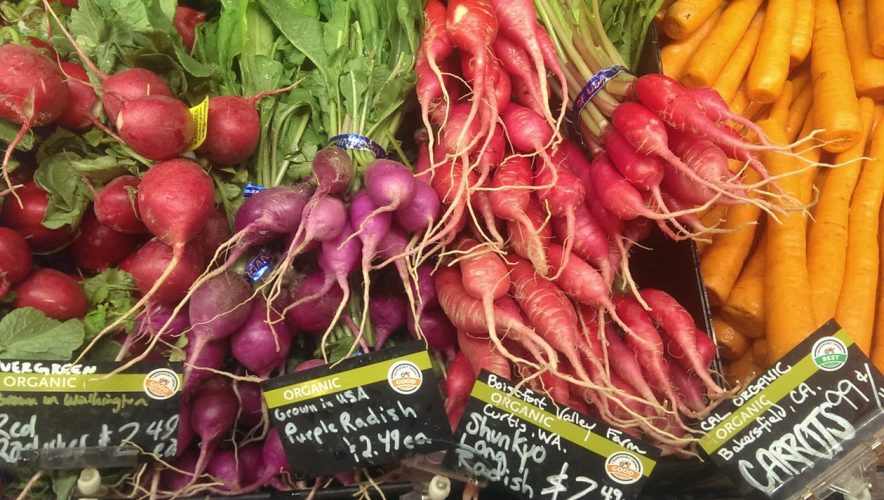Organic Center Report Indicates Organic Foods Have Elevated Levels of Antioxidants
FOSTER, R.I. (January 26, 2005) – The Organic Center’s second State of Science Review (SSR) concludes that organic farming methods have the potential to elevate average antioxidant levels, especially in fresh produce. Charles Benbrook, Ph.D., compiled and analyzed existing scientific information for his report, Elevating Antioxidant Levels Through Organic Farming and Food Processing. The report […]
DYK: Pesticides
23 of the 28 most commonly used pesticides are believed to be carcinogenic.
USDA Organic Seal Usage
A simple letter from you can help organic processors get a cost-effective solution! All of us involved with the organic industry in some way, whether as a consumer or supplier, are negatively impacted by the packaging-graphics requirement established by the USDA National Organic Program (NOP) regarding how the organic seal must be used on packaging. […]
DYK: Why consumers choose organic
Health and nutritional concerns remains the number one reason why consumers purchase organic foods with 46% of all organic consumers citing this as a reason.
DYK: Price is barrier to adoption
Current organic users continue to claim that price is the most prominent barrier to their continued adoption of organic products. However, once consumers internalize the value of a particular organic product, price does not prevent them from purchase.
DYK: Effect of events/scares
Events or “scares” will help bump up organic sales, but the larger consumer driver-perceived health benefits- will continue to play a much greater role in consumer trial and long-term adoption of organic products.
DYK: Consumers influence one another
One of the strongest influences on continued organic purchase is the influence of consumers on one another.
DYK: 66% buy organic at least occasionally
Sixty-six percent (66%) of U.S. consumers buy organic products at least occasionally.
DYK: Ethnic consumers
Compared to the general population, certain ethnic and racial groups are somewhat more likely to purchase organics. These groups include Asian Americans, Native Americans, Hispanic Americans and African Americans.
DYK: Non-ethnic demographics
Other than ethnicity, the only demographics that have any significance in identifying organic consumers are 1)geography, where the Pacific, Mountain and New England regions are more likely to have organic users and 2)education, where organic usage is slightly skewed to consumers with at least four years of college.
DYK: 96% use organic produce
Ninety-six percent (96%) of organic consumers use fresh organic produce at least occasionally.
DYK: 27% buy organic regularly
Twenty-seven percent (27%) of U.S. consumers buy organic products on a regular (daily or weekly) basis.
